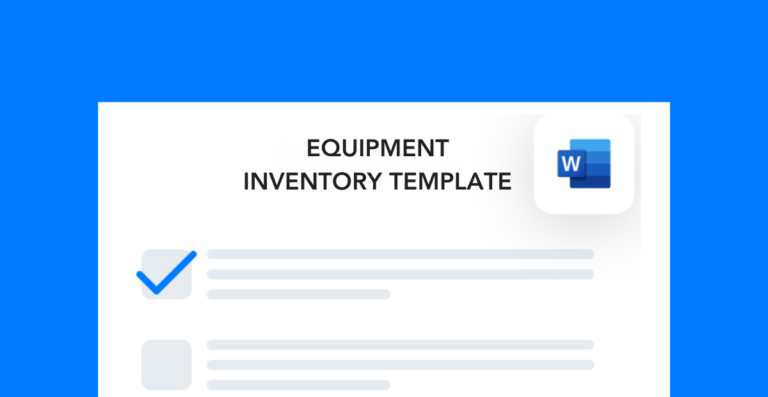When it comes to managing product inventory, most businesses have an organized system. So, why don’t all companies take the same approach to managing their capital assets?
Heavy machinery, hardware, tools, and other types of equipment are major expenses and often require regular maintenance. Having a safe place to store all these assets and a way to track their whereabouts is essential for reducing variable operational costs.
Benefits of having an equipment inventory
When you’re manufacturing or warehousing products, the goal is to stay as close to your sales forecast as possible. This reduces scraps and saves you money in the long run.
The same goes for equipment.
A haphazard approach to equipment management creates scrap by:
- Creating duplicate and/or unnecessary maintenance
- Leading to the purchase of multiples (due to lost inventory)
- Delaying replacements of aging assets
- Causing bottlenecks in the operation flow
Luckily, a simple inventory of all the equipment at your facility can solve these problems (and more). An equipment catalog does this by:
- Making it easy to locate specific pieces of equipment
- Helping the maintenance team track repairs and upkeep
- Giving site leaders visibility over equipment needs
- Tracking ongoing issues that need attention
Of course, this system only works if you enforce it. And the best way to accomplish this is to make the equipment inventory simple and easy for your teams to fill out.
How to create an equipment catalog
When you create an equipment catalog, you can either take the manual route or the digital one. In general, a pen and paper catalog can work for companies with small inventories.
For most companies, however, digital data management is the preferred method for tracking capital assets. That’s because either their equipment inventories or their operations are too big and complex to manage assets within a single written file.
No matter which approach you choose, here is a list of information you should include in your equipment inventory:
- Identification or serial number
- Location or department where the equipment belongs
- Description of the asset
- Condition of the equipment
Optional information that you might add to your inventory includes:
- Last service date
- Cost of each asset
- Assigned owner (if applicable)
Remember, creating a simple-to-use inventory system is the best way to ensure your workers adopt it. With an updated catalog of all the equipment in your facility, you can avoid repurchasing items you already have, wasting time reservicing assets that have already been checked, and looking for process-critical equipment.




